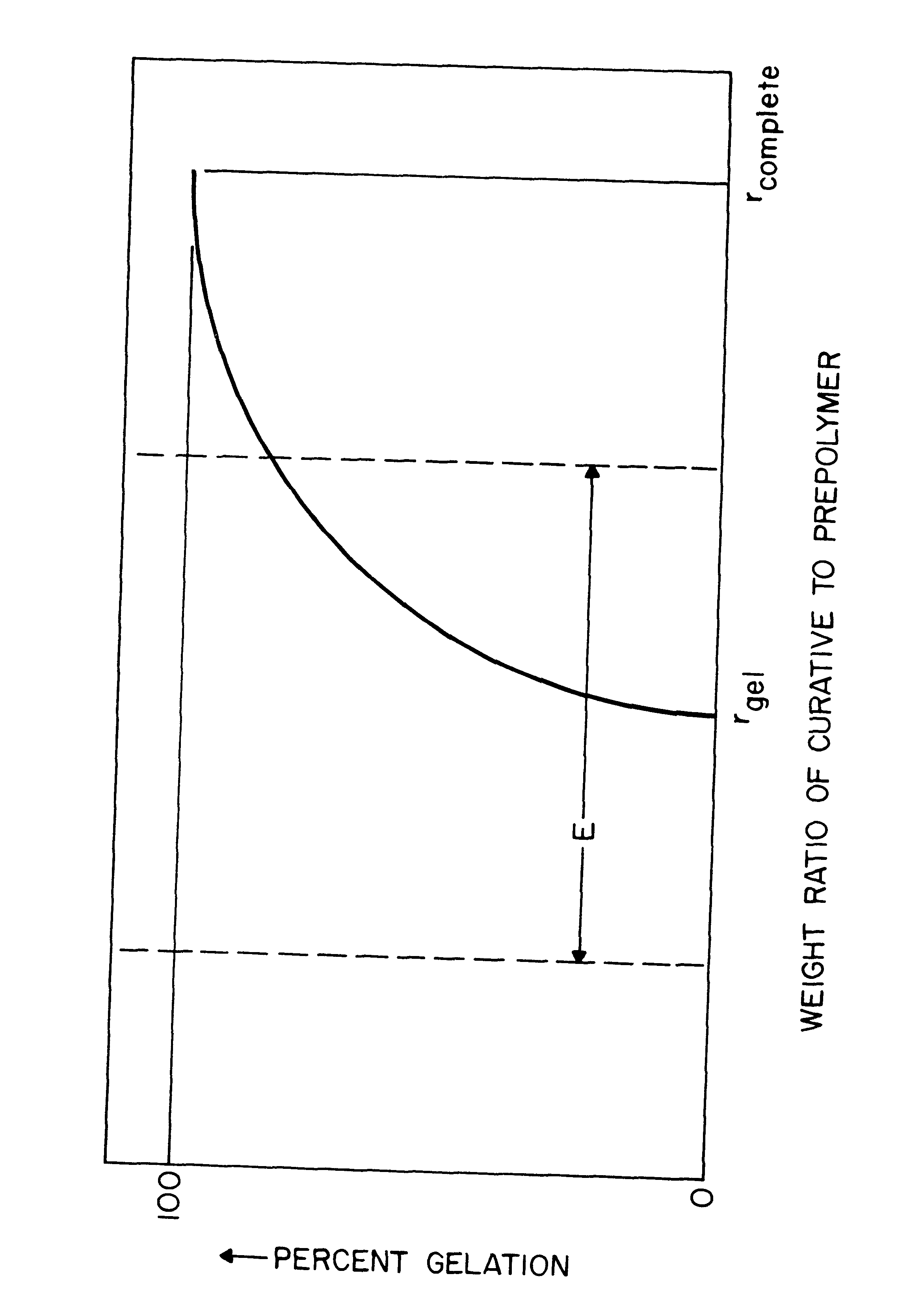Elastomeric compositions for damping
a technology of elastomeric compositions and damping, which is applied in the direction of pneumatic tyre reinforcements, tire parts, vehicle components, etc., can solve the problems of undesirable enhancing hysteresis by using the super position of glass transition peaks, and achieves a high degree of damping, improved traction and skid resistance, and increased damping
- Summary
- Abstract
- Description
- Claims
- Application Information
AI Technical Summary
Benefits of technology
Problems solved by technology
Method used
Image
Examples
experiment i
Four tire stocks were prepared according to the general recipe set forth in Table I.
The elastomeric binder was a butadiene rubber obtained from the Firestone Synthetic Rubber Company under the tradename D-40NF. The carbon black was an intermediate super abrasion furnace black that is commercially available from a number of sources. The antioxidant was N-(1,3 dimethylbutyl)-N'-phenyl-p-phenylene-diamine is likewise available from a number of sources. Also, the diphenylguanidine, N-tert-butyl-benzothiazolesulfenamine, and benzoithiazyl disulfide accelerators that were used are conventionally used in the art and are commercially available from many sources. Similarly, the antioxidant, stearic acid, wax, zinc oxide, sulfur an other ingredients that were employed are conventionally employed in the art and are commercially available from many sources.
Each of the four stocks that were prepared included a different damping additive. The first stock included a linear liquid butadiene; the se...
experiment ii
Three rubber compositions were prepared according to the general recipe set forth in Table IV.
The elastomeric binder that was employed was EPDM (ethylene-propylene diene terpolymer) obtained from Exxon Chemicals under the tradename Vistalon.RTM. 6505. The accelerator that was used was benzolthiazyl disulfide. The accelerator, stearic acid, zinc oxide, and sulfur are conventionally used in the art and are commercially available from many sources.
As noted in Table IV, each of the three rubber compositions included a damping additive that was different for each stock. The first stock included a paraffin oil that was obtained from Idemitsu Corporation of Japan under the tradename PW380. The second stock included a hyper-branched polymer in accordance with the present invention. And, the third stock having a low sulfur content included a paraffin oil that was obtained from Idemitsu Corporation of Japan under the tradename PW380.
The hyper-branched polymer was prepared by crosslinking a li...
experiment iii
Three rubber compositions were prepared according to the general recipe set forth in Table VI hereinbelow:
The elastomeric that was employed was EPDM (ethylene-propylene diene terpolymer) obtained from Exxon Chemicals under the tradename Vistalon.RTM. 6505. The accelerator that was used was benzoithiazyl disulfide. The accelerator, stearic acid, zinc oxide, and sulfur are conventionally used in the art and are commercially available from many sources. The carbon black that was employed was an intermediate abrasion furnace-black (N110) that is commercially available from a number of sources. The accelerator, carbon black, stearic acid, zinc oxide, and sulfur are conventionally used in the art and commercially available from a number of sources.
As noted in Table VI, each of the three rubber compositions included a damping additive that was different for each stock. The first stock included a paraffin oil that was obtained from Idemitsu Corporation under the tradename PW380. The second ...
PUM
| Property | Measurement | Unit |
|---|---|---|
| temperature | aaaaa | aaaaa |
| glass transition temperature | aaaaa | aaaaa |
| temperature | aaaaa | aaaaa |
Abstract
Description
Claims
Application Information
 Login to View More
Login to View More - R&D
- Intellectual Property
- Life Sciences
- Materials
- Tech Scout
- Unparalleled Data Quality
- Higher Quality Content
- 60% Fewer Hallucinations
Browse by: Latest US Patents, China's latest patents, Technical Efficacy Thesaurus, Application Domain, Technology Topic, Popular Technical Reports.
© 2025 PatSnap. All rights reserved.Legal|Privacy policy|Modern Slavery Act Transparency Statement|Sitemap|About US| Contact US: help@patsnap.com



